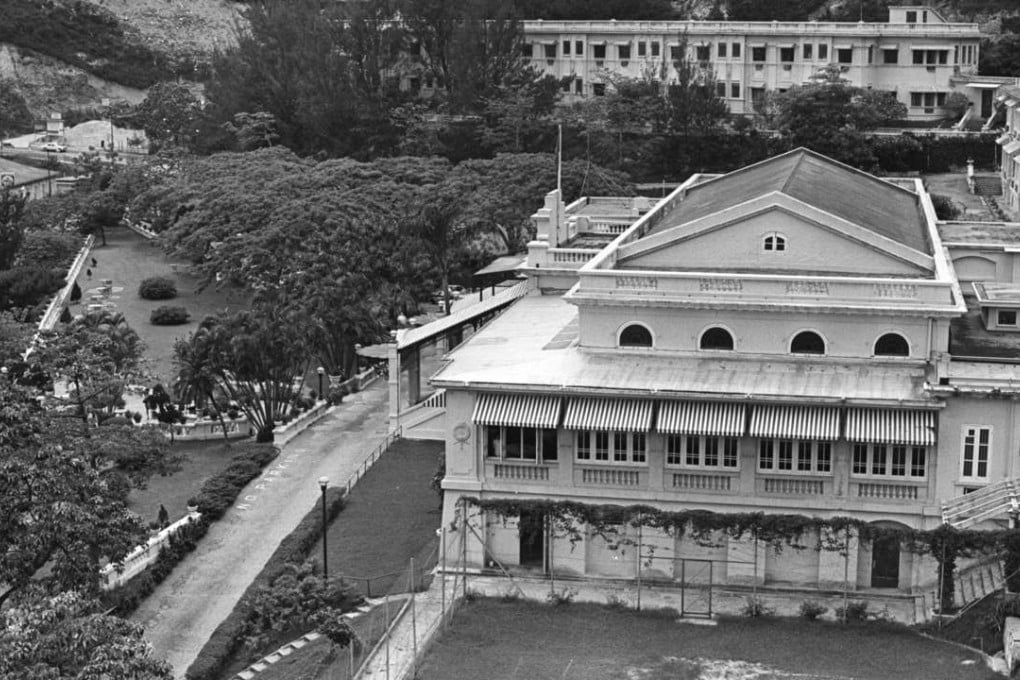Then & Now | Hong Kong’s green spaces: blots on the landscape
How city's profit-first private green spaces and look-but-don't-touch public gardens are put to shame by those in other modern Chinese cities such as Shenzhen and, yes, Singapore

Hong Kong property developments deploy landscaping and other “green” features as additional – and inevitably contrived – “luxury” selling points. The insistent fantasy that a few ill-chosen trees and shrubs somehow transform ugly, badly planned, grotesquely overpriced boxes into the last word in elegance, style and sophistication should defeat the talents of even the most hard-bitten PR and marketing professionals. But it wasn’t always this way.
Until recent decades, people lived much closer to the natural world, and an understanding of life’s less aesthetic realities carried over into local approaches to landscaping and garden design. Manure stinks are as vital to any successful garden as the fragrance of flowers, and the ripe smell of well-prepared compost was – and should be – an accepted part of horticultural life. Well into the 1960s, the Repulse Bay Hotel trucked in horse manure from the Jockey Club stables, to magnificent seasonal effect. Trees would be selected with an eye towards the effect five or 10 years in the future, not simply for maximum impact at an opening event. Adequate spacing to allow for growth was also factored in, which implicitly recognised that for the first few years, a bare appearance would predominate.
These days, mass plantings aim for an instantly mature look. Additional profit for landscape architects, nurseries and tree suppliers can also be gouged, as large specimens have to be ordered to telescope the effect of several years in-ground growing time into a few days or weeks. Developers (whatever their sales and promotional material suggests) spend as little as they can get away with. Plants are chosen for their ability to survive – and, if possible, thrive – in Hong Kong’s shallow, poorly prepared soils, with minimal maintenance. Ultimately, though, it hardly matters. Most buyers of Hong Kong’s luxury developments wouldn’t know the Flame of the Forest from Blake’s Bauhinia, other than – perhaps – to vaguely differentiate between “that red flower in the summer months” and “the purple one that appears as white on the post-handover flag”.

Historically, government initiatives have been little better; Hong Kong’s early municipal plantings – such as they were – existed only to be looked upon, and not smelled, touched or actively enjoyed. Lawns were surrounded by metal railings designed to prevent anyone from walking on the grass they enclosed. Interwar photographs of Central’s Statue Square area, first laid out in the early 20th century, make this observation plain.
